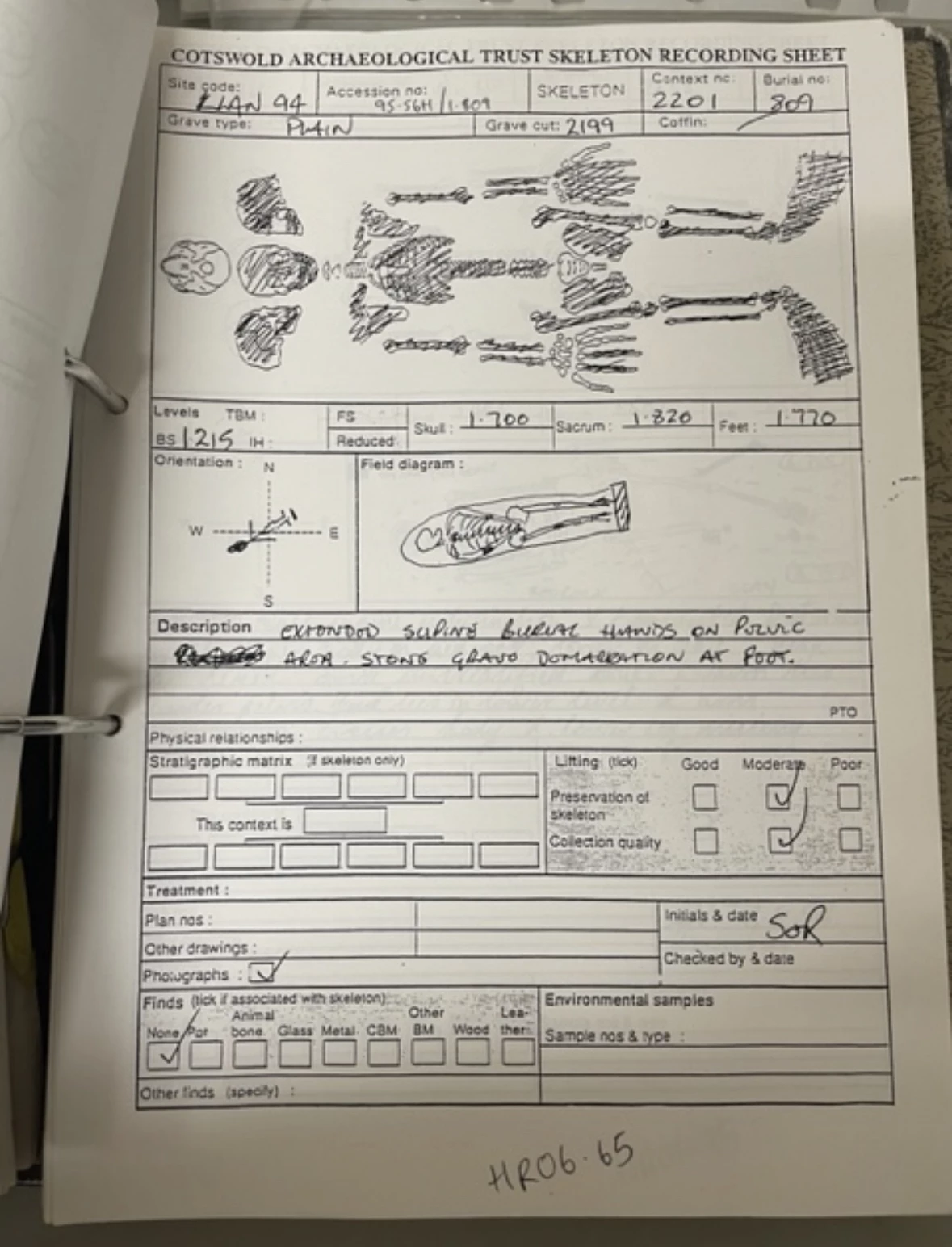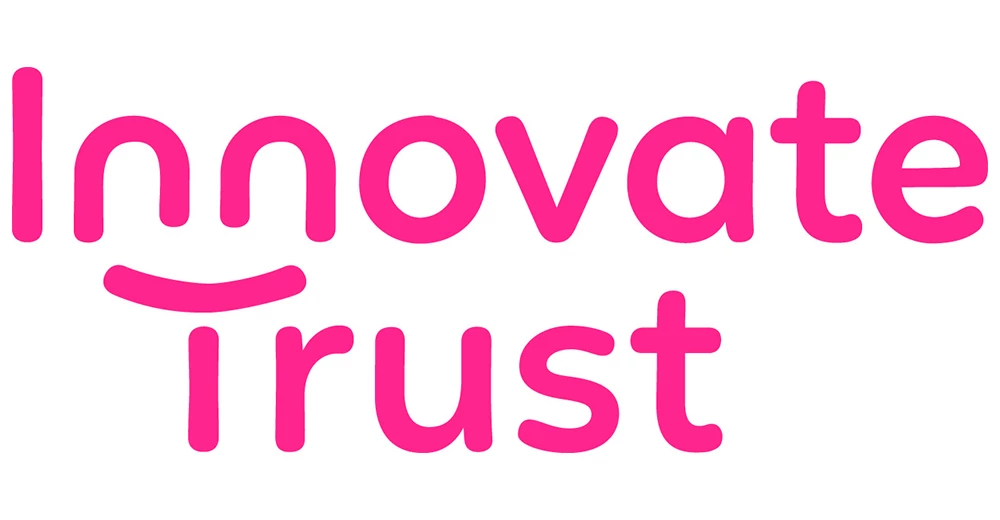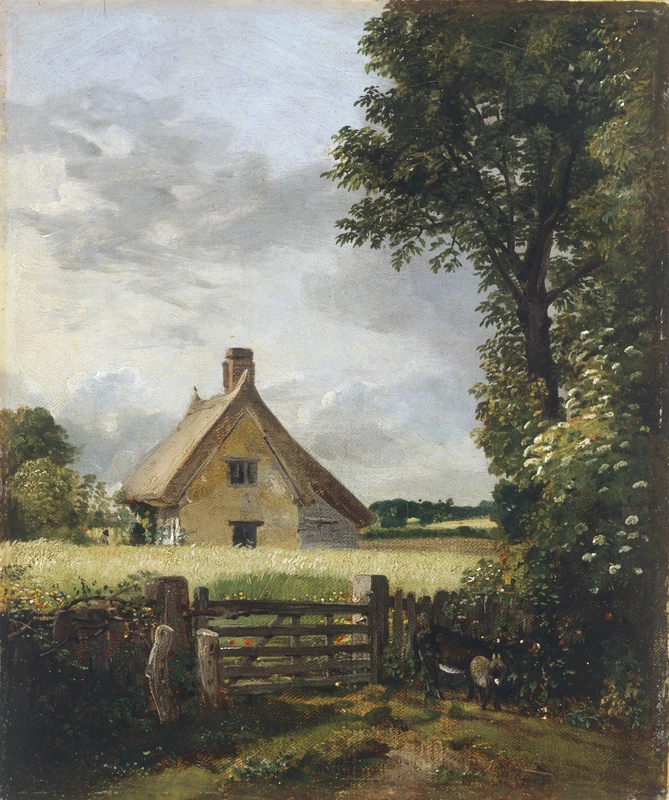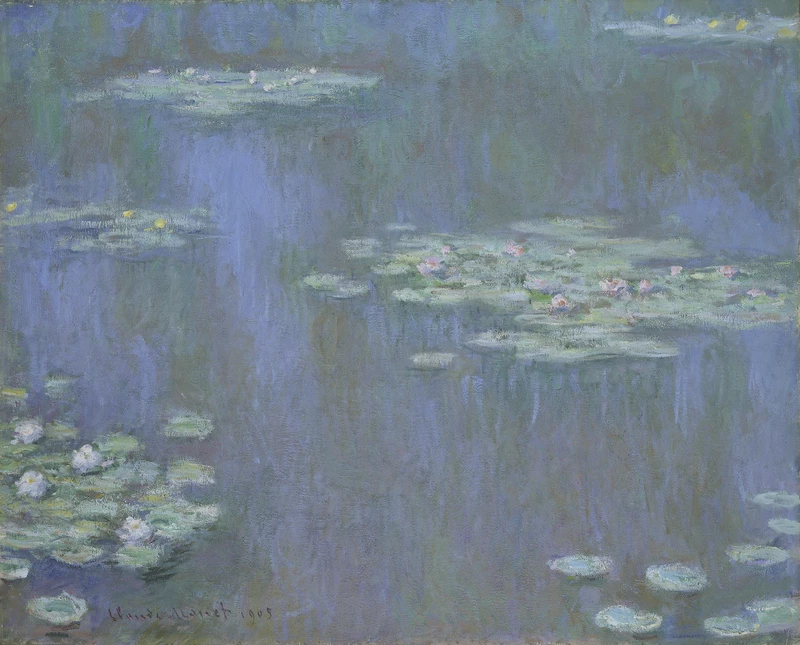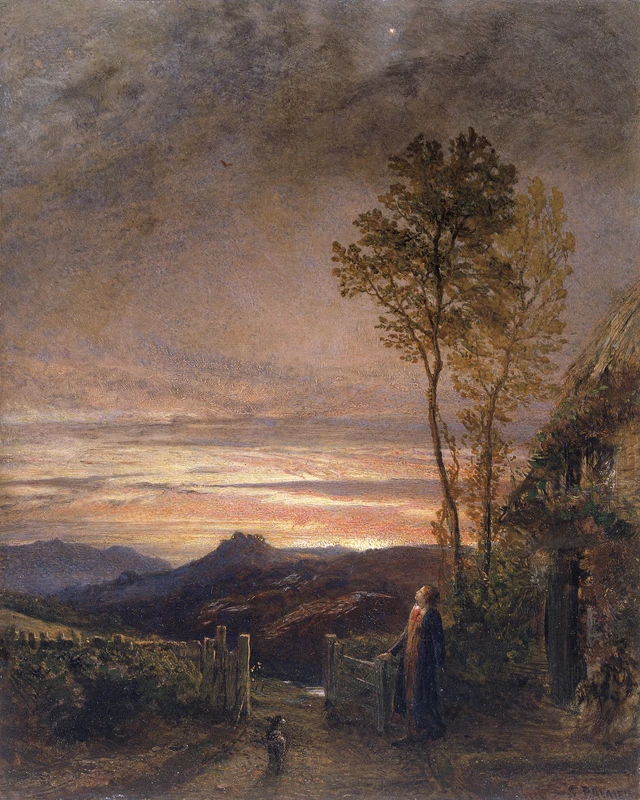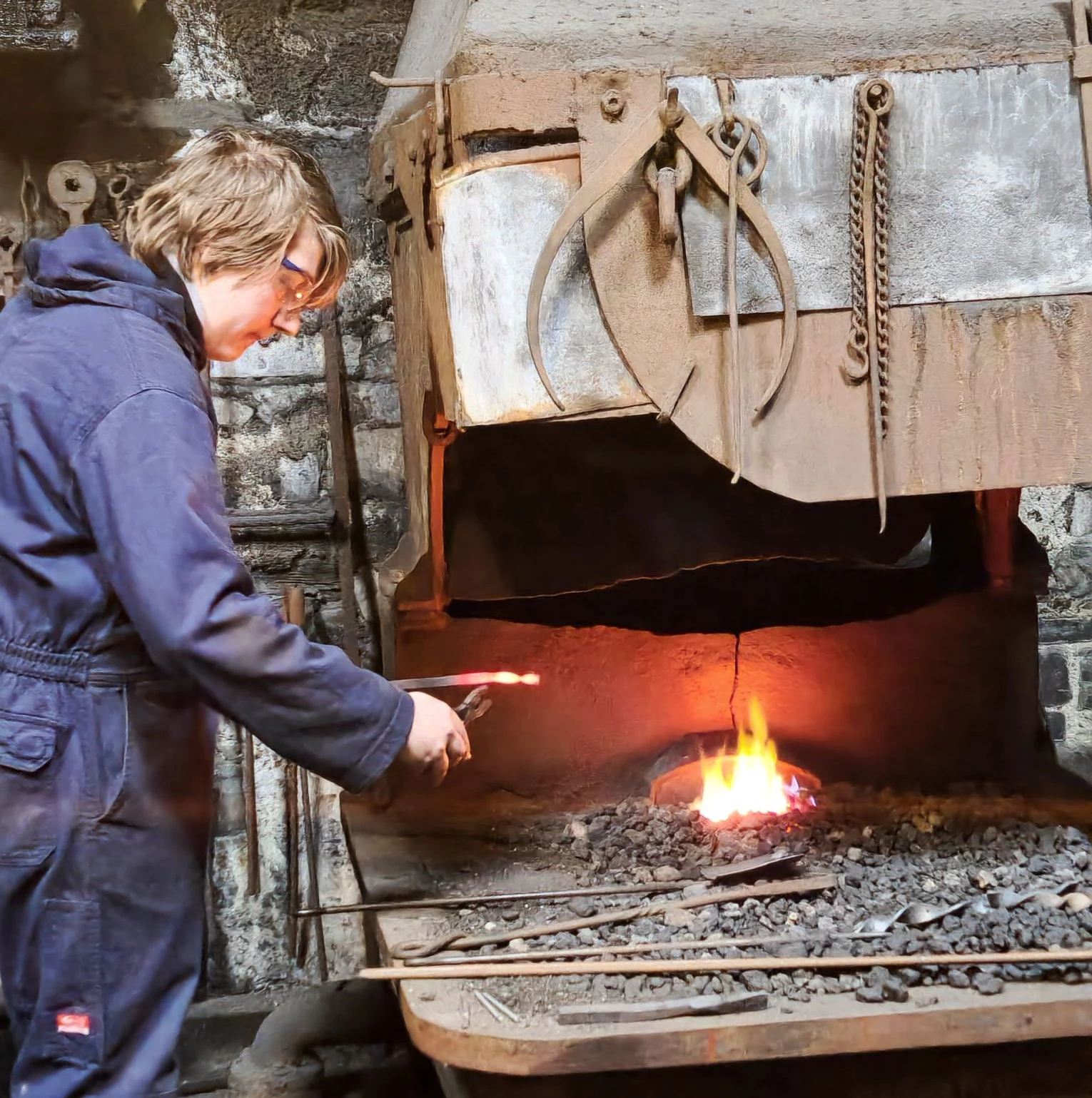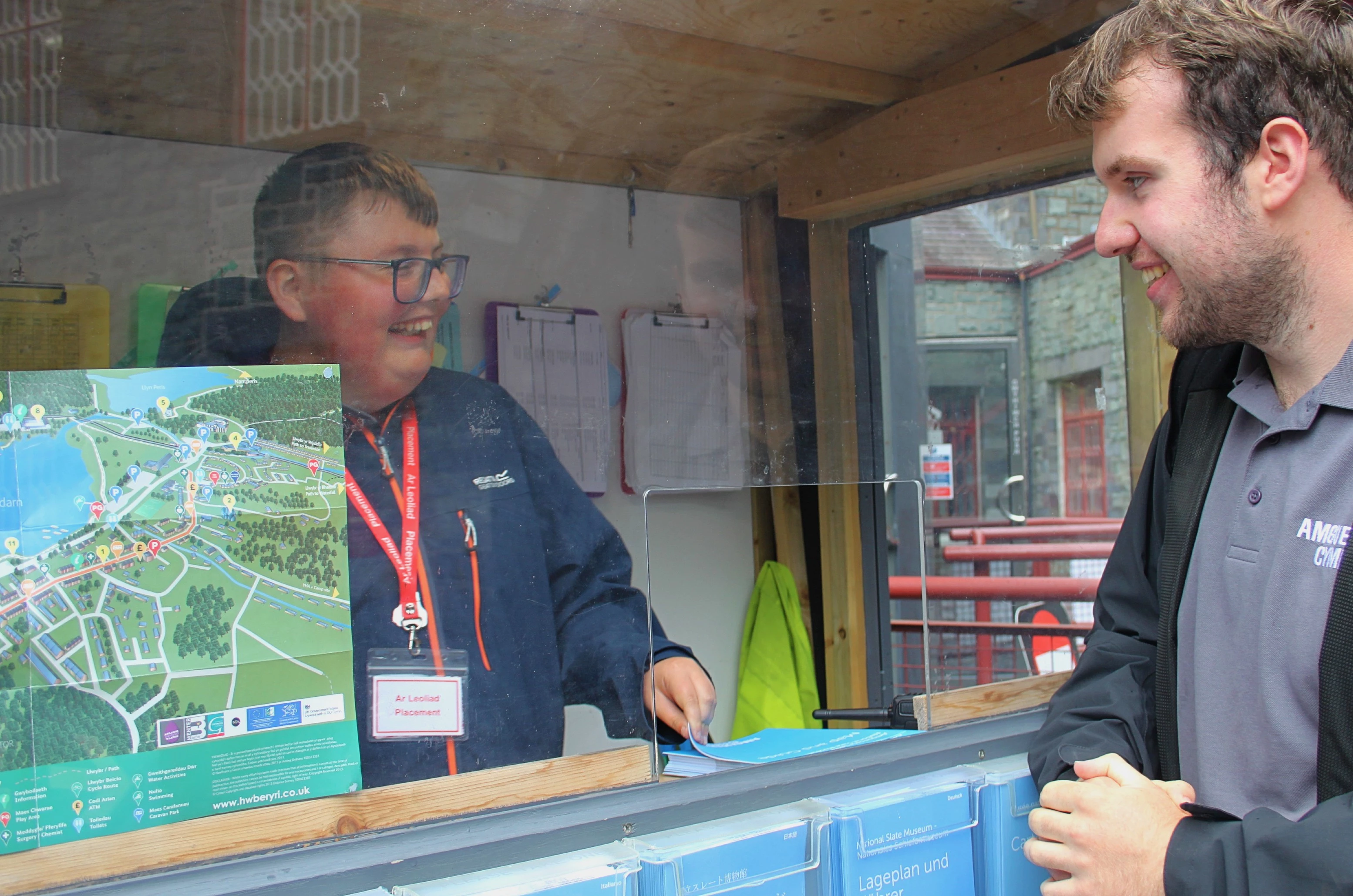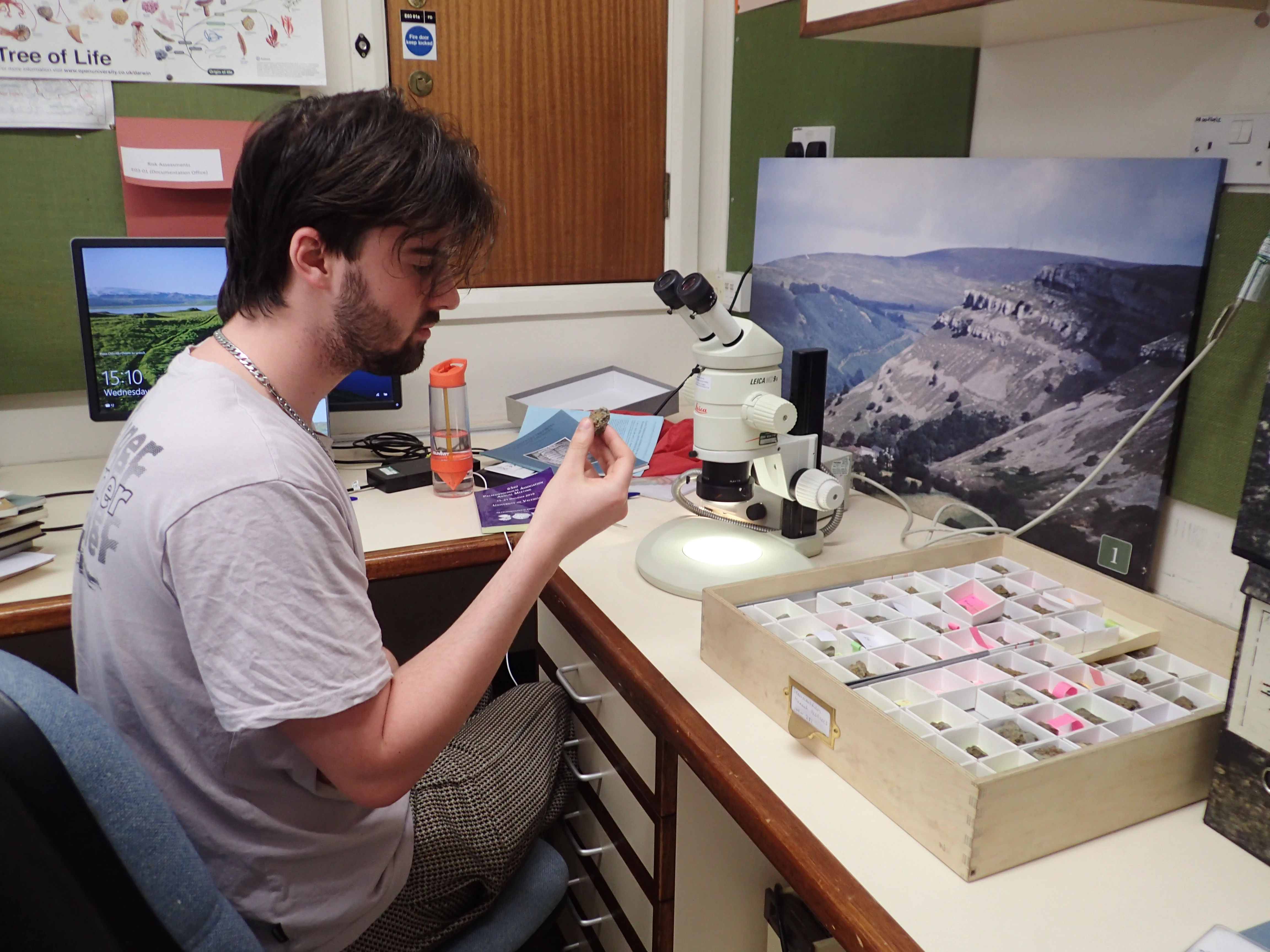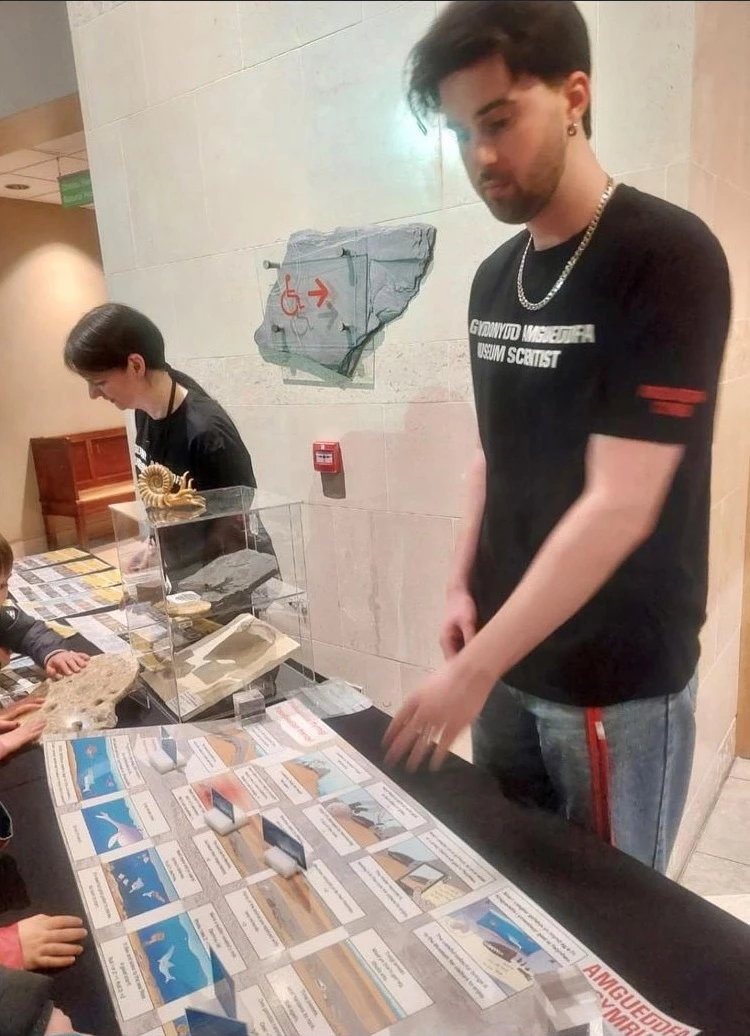Everyone has that favorite Christmas from their childhood, I bet you can picture yours now. Mine was when I was about eight years old. I woke up to find a small rectangular present underneath my pillow, not then realizing the butterfly effect this present would have on my life. Most kids that age would be wishing for Lego or superhero figures, and I did love Lego at that age, yet this present was none other than BBC’s Walking with Dinosaurs series. I was hooked like a bee is to pollen, getting more and more lost in the land before time, the animals of today paling in comparison to the monsters that used to stalk our planet, wondering if one day I’d be able to discover and name my own.
Unfortunately, this dream was put on hold as I dealt with my terrible teenage years. Impressing my peers became the centre of my life and being the dinosaur/science kid was not going to cut it. Once I had left school for college and grown up, considerably, I went back to my original passion, studying Biology at A level and then moving to a biology undergraduate degree at Cardiff University.
Though I have studied biology for many years, I still had no actual experience in doing real scientific work. So, when the opportunity to partake in a professional training year (PTY) arose, I reached out with both arms. I applied for a placement at Amgueddfa Cymru-Museum Wales in Cardiff, and after a few weeks I embarked on a project with the Natural Sciences staff in the museum. This is where my journey into the scientific world begins, working on animals that perished over 450 million years ago.
The day I started my project in the museum felt a bit like a first swimming lesson, nervous but excited at the same time. Luckily for me I was put under the tutelage of the wonderful Lucy McCobb, a paleontology curator who had a vast knowledge and understanding of the time and fossils I would be working on. My first few weeks of the project were spent organizing nearly a thousand fossils by species, so that they could be transferred into drawers for easier access. The collection of fossils I had been assigned to work on was called the Sholeshook Limestone collection. These fossils were collected in South-west Wales by an amateur collector called Patrick McDermott, who graciously donated them to the museum so they could be further studied.
My project over the year would be to curate the collection, organizing and documenting it, as well as to help identify a possible new species. The animals I would be focusing on from this collection are a group of archaic, marine arthropods known as trilobites. These creatures are some of the earliest known fossils, first appearing around 520 million years ago in the Cambrian period and lasting almost 300 million years, before going extinct with 90% of all other life in the end Permian mass extinction.
But why trilobites? Most people overlook the arthropods of today in favour of more impressive animals. Trilobites, however, have proved vitally important to scientists in the study of evolution. Firstly, trilobite fossils are one of, if not the most, abundant fossils of their age. This is due to trilobites being amazingly successful as a class, having a hardened exoskeleton which they moulted off regularly and many species living in shallow coastal environments, both features that increase chances of fossilization massively. In fact, they have been so useful that entire evolutionary studies have been conducted on them, such as Peter Sheldon's important study of over 15000 trilobites from mid Wales in the 1980s, which resulted in an eye-opening paper shedding light on evolutionary trends based on trilobites. Excited by my prior reading, and especially the prospect of helping discover a novel species, I was eager to begin my project.
Once all the fossils were sorted, my first task was to select the best specimens from each species to photograph. Photographing the specimens is very important as this will eventually allow them to be uploaded online and in turn, become accessible to many more people, including scientists and the public alike.
Once this was all completed, it was time for my favourite part of my project so far, helping discover a new species! This has always been a lifelong dream of mine, although when younger I did hope I’d discover the biggest dinosaur ever, and I couldn’t wait to get started. I gathered all the fossils of the suspected new species; each specimen, over 250 in total, needed to be worked on in a number of ways. First, they had to be sorted according to which part of the body it represented. Luckily trilobite exoskeletons tend to break into consistent parts (head, thoracic segments, tail) so this part was not too difficult. Second came the most time-consuming part, examining their features in detail under the microscope, making observations and taking multiple measurements of each specimen - like the initial sorting, this process took a few weeks but was vital, as these measurements are used to distinguish our species from others in the genus.
Once all the raw data were collected, along with Lucy, we compared our species with every other known species in the genus. This was not as easy as it first seemed. The well-known species were rather quick to distinguish based on their different features, however, some species are not even given full species names, as only one poorly preserved fossil has been found. Comparing these fragmentary fossils to our species was taxing, especially when the papers some of these species were figured in are from the 1800’s or written in Russian!
I am hopeful that this paper will be finished and submitted to a scientific journal before I begin my third year of my university degree. I believe this will be a huge help to make me more desirable to future employers. As well as curating and writing this paper, the museum has also given me other opportunities to help develop my scientific skills. This September, in fact, I will be presenting a poster on the project at the Paleontological Association annual conference, which I am beyond excited to do.
Another area the museum has helped me develop is science communication. I was given the opportunity to produce trilobite spotter sheets to help the Welsh public in their fossil hunting. This involved me finding local and well-preserved fossils in the museum’s collections to photograph, laying these images out on the sheets, and working with Lucy to draft text about them. I was then able to present these sheets at a public outreach event, After Dark: Science on Show, where Lucy and I ran a stand, promoting the museum’s spotter sheets and inviting people to play a board game, which showed them how difficult it is for fossils to form.
Having the opportunity to work in the museum has further solidified my passion for natural science, as well as giving me the tools to progress in the field post degree. I feel I have finally taken my first steps into the scientific world, rather than simply learning about other peoples’ discoveries. Being able to say that I have published scientific work before even graduating from university and knowing I can work with fellow peers in my workplace who have said they have appreciated me being here (they could be lying), has given me great self-confidence. I cannot stress how important doing a year in industry has been for me and would recommend it to any other student. The insight and experience it will give you will in my opinion completely influence your future decision making. I implore any student with the opportunity to take a training year to ask yourself, do you actually know what it will be like or have any experience working in your field? If the answer is no, then a training year should be a MUST!
Finally, I would like to thank Lucy, Caroline and Jana, as well as all the staff in Natural Sciences that have helped me this year. I feel prepared to take my next steps into science and that’s all because of the help everyone has given me.
